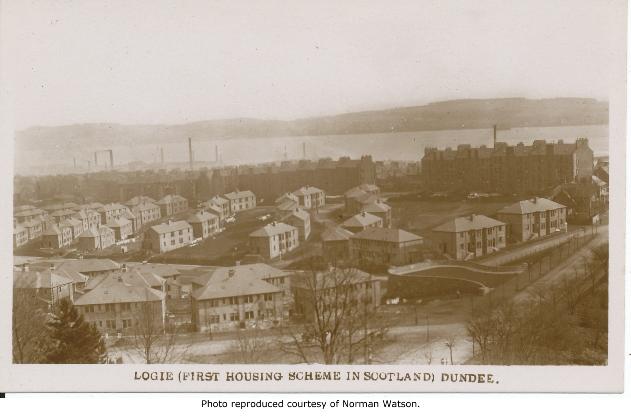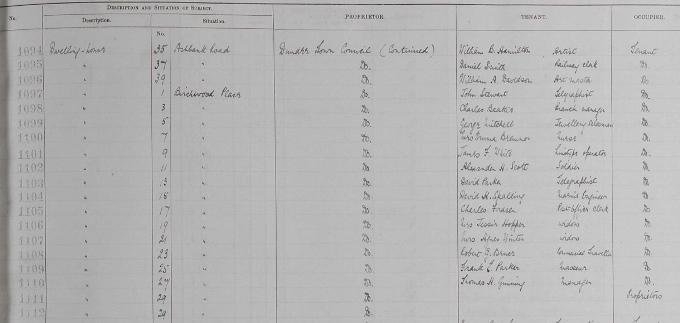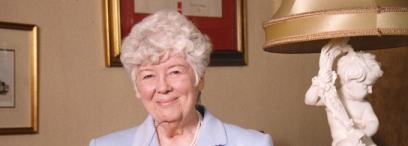Completed in 1920, Logie Housing Estate in Dundee was the first public (or council) housing estate to be built in Scotland. Its construction marks an important moment in Scotland’s social history.
Built as part of Lloyd George’s promise during the First World War to create ‘homes fit for heroes’, the Logie Estate was designed by architect James Thomson.
Thomson was born on 9 April 1851 in Edinburgh to parents Alexander Thomson and Mary Higgins. He trained as an architect in the capital, and upon the completion of his apprenticeship, he moved to the Burgh Engineer's Office in Dundee and worked on the re-planning of the city under the Improvement Act of 1871. This saw the construction of the Perth Road and the building of public baths, cattle markets and hospitals. According to the Scottish Architects website, Thomson’s real passion lay in town planning and during the First World War years he produced a comprehensive report about Dundee’s housing needs.
In his ‘Report on the Development of the City’ Thomson proposed establishing a housing scheme at Logie; the estate represented to him an opportunity to relieve the overcrowded slums of the city. As the Dundee City website states, the scheme would be near the city centre and ultimately be the perfect area to build high quality tenements or cottage type homes with ‘space in profusion for gardens and allotments’. The estate opened on 27 May 1920 and set the standard for municipal housing across Scotland.
The design of the council houses in Logie (meaning ‘a hollow’ and taken from the Scottish Gaelic word ‘logan’) represented a major change for architecture in Scotland as the houses were built on the ‘two-up, two-down’ pattern.
The style of housing in Logie is similar to the famous ‘Boot Houses’ (built by Henry Boot Limited), which were built in Dundee and Glasgow in 1927 and 1929. This new type of house contrasted enormously with traditional tenement buildings, which can be seen in the background in this photograph.

The Logie Housing Estate
Photograph by Val Vannet. Licensed for reuse under the Creative Commons license.
As the 1920 valuation rolls show, a wide variety of people lived on the estate: millworkers and labourers, a jewellery salesman, art master, architect and journalist.

Valuation roll listing tenants in Birchwood Place on the Logie Estate, 1920.
Crown copyright, National Records of Scotland, Valuation Roll, 1920, VR98/151
In the ‘proprietor’ column, ‘Dundee Town Council’ is named as the property owner. As Logie Estate was the first modern public housing, this entry in the valuation roll is historic in itself.

Valuation roll listing tenants in Elm Street on the Logie Estate, 1920
Crown copyright, National Records of Scotland, Valuation Roll, 1920, VR98/151
For further information about the valuation rolls mentioned in this article, please see our guide on valuation rolls.


